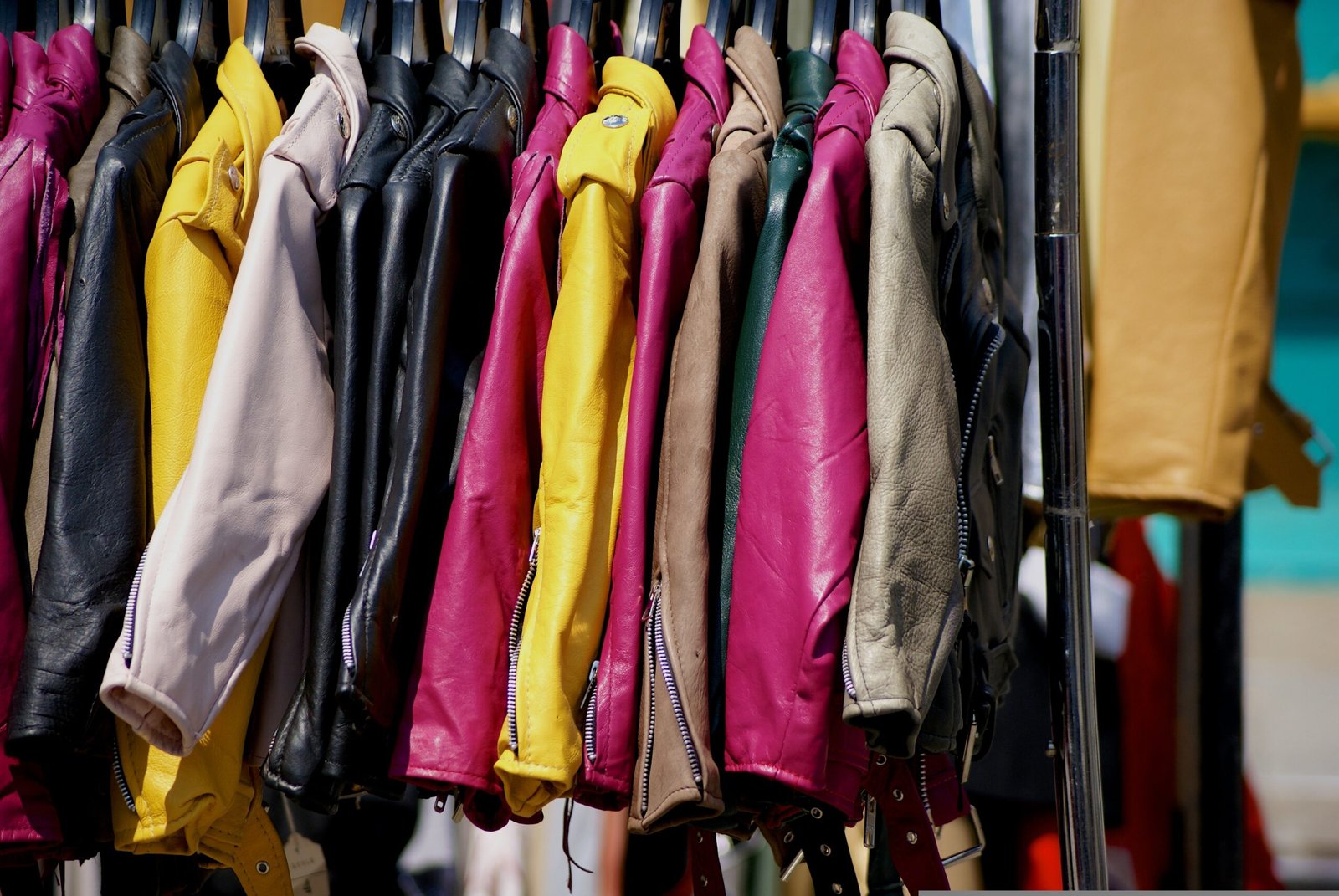The debate over the pricing disparities between men’s and women’s clothing has been a topic of discussion in the fashion industry for years. The assumption that men’s clothing is universally less expensive than women’s has sparked conversations about gender-based pricing discrepancies and the factors that contribute to these differences. In this blog, we’ll delve into the complexities of pricing in the fashion industry, shedding light on the nuances that influence the cost of men’s and women’s clothing.
Understanding Pricing Disparities
The notion that men’s clothing is cheaper than women’s clothing is often rooted in anecdotal observations and assumptions. However, the reality is more nuanced and influenced by a multitude of factors that extend beyond gender alone. While it’s true that certain items, such as basic t-shirts or formal dress shirts, may be priced differently for men and women, this discrepancy is not universal and varies across brands, retailers, and garment types.
Factors Influencing Pricing
Fabric and Construction
The quality of fabric and construction significantly impacts the cost of clothing. Women’s clothing often incorporates a wider variety of fabrics, intricate details, and embellishments, which can contribute to higher production costs and, therefore, higher retail prices. On the other hand, men’s clothing, particularly in certain categories, may rely on simpler designs and less intricate construction, potentially resulting in lower production costs.
Market Demand and Trends
Consumer demand and prevailing fashion trends play a pivotal role in pricing. Women’s fashion is often characterized by a faster turnover of styles, leading to a greater variety of designs and a higher frequency of new collections. This dynamism in women’s fashion can impact pricing, as the production of trend-driven pieces and seasonal variations may involve higher costs. Conversely, men’s fashion tends to be more rooted in classic, enduring styles, which may impact pricing differently.
Sizing and Fit
Another contributing factor to pricing differences is sizing and fit. Women’s clothing often requires a wider range of sizes and more complex pattern-making to accommodate diverse body shapes, which can influence production costs and, consequently, retail prices. In contrast, men’s clothing may have a more standardized sizing system, potentially affecting production and pricing dynamics.
Conclusion
The pricing of men’s and women’s clothing is a multifaceted issue influenced by a myriad of factors, including but not limited to fabric quality, construction, market demand, and sizing considerations. While it’s important to acknowledge instances of gender-based pricing discrepancies and advocate for pricing equity, it’s equally crucial to recognize the complexities that underpin the cost of clothing. By understanding the diverse elements that contribute to pricing in the fashion industry, we can foster informed conversations and work towards greater transparency and fairness within the retail landscape.



